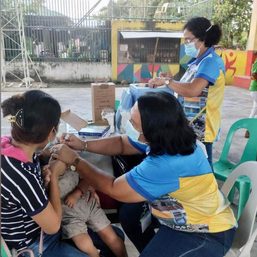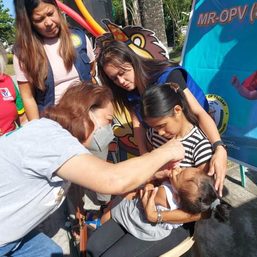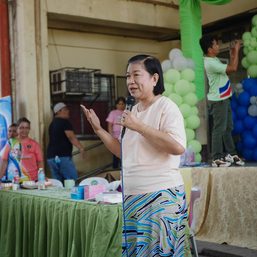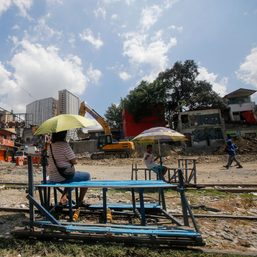SUMMARY
This is AI generated summarization, which may have errors. For context, always refer to the full article.
Returning Filipinos coming from countries classified by the World Health Organization (WHO) as having a low to medium prevalence of COVID-19 cases will no longer need to undergo quarantine and testing when arriving in the Philippines.
Department of Health (DOH) Undersecretary Maria Rosario Vergeire said on Monday, October 19, that the new measure was part of the government’s updated protocols on the management of coronavirus patients.

Under the agency’s Omnibus Guidelines for Prevention, Detection, Isolation, Treatment and Reintegration Strategies for COVID-19, the DOH specifically said the following:
“If they (returning Filipinos) are from a low or mid prevalence country and asymptomatic, they shall not be required to undergo quarantine and testing at points of entry or upon arrival to their localities of destination, provided strict adherence to minimum public health standards and symptoms monitoring.”
During a virtual briefing on Monday, Vergeire said this was being done to rationalize redundant protocols that often resulted in bottlenecks in the government’s coronavirus response.
In the case of returning Filipinos, including overseas Filipinos workers, Vergeire said discussions with experts accounted for the various stages of testing Filipinos needed to complete before traveling back to the country. These included mandatory test within 2 to 3 days prior their flight to the Philippines, testing once they arrive in the country, and a third round again when they finally reach their hometowns.
“We are rationalizing actually not just the resources but also protocols that we do…. What we did is we sat down with all of our experts and our experts agreed (that)… especially those areas that don’t have transmission, these countries with low to medium prevalence, the probability of an individual to have that certain disease when they arrive is small because before they leave from their respective areas, they are tested,” Vergeire said.
This was also the case for returning residents, diplomats, and travelers with essential businesses who are asymptomatic or do not show symptoms for COVID-19 both prior to and upon arrival in the Philippines.
In cases where these types of travelers are symptomatic or arriving from countries with a high prevalence of COVID-19, quarantine and PCR testing will be required.
What are the safeguards?
To mitigate the risk of importing cases, Vergeire said the DOH and experts agreed to have travelers screened for symptoms upon arrival at the country’s ports of entry.
“Most of these OFWs they bring with them their RT-PCR results which are 2-3 days prior to their travel so when they arrive here, the experts thought it best to recommend that we do just symptoms check. When we do our symptoms check and they are clear, they do not have symptoms even for the past 14 days, they can be allowed to go back to their provinces,” she said.
Transmission levels of countries will be based on the WHO’s classification of such cited in their weekly situational reports, Vergeire added.
(Check the WHO’s epidemiological updates posted here for transmission levels in countries. )
Once Filipinos arrive in their respective hometowns, local governments units (LGUs) will be in charge of screening them and deciding if quarantine and testing will be needed.
Vergeire noted that LGUs still require individuals crossing into their borders be tested for COVID-19. This was an added safeguard to prevent transmission in communities.
She continued: “LGUs do not let just any person go inside their territory, we see how they take care of their population, they really screen everybody coming from the outside and they make sure that their protocols are complied with if they will require testing of quarantine for OFWs.”
What happened before
During the early months of the pandemic, delays and inefficiencies in testing and processing documents forced thousands of OFWs remain in quarantine over the mandatory 14-days despite testing negative for COVID-19.
With updated guidelines on managing cases, the government seeks to avoid a repeat of what it described as a “big problem” where facilities were overwhelmed with thousands of arrivals for months. – Rappler.com
Add a comment
How does this make you feel?





There are no comments yet. Add your comment to start the conversation.